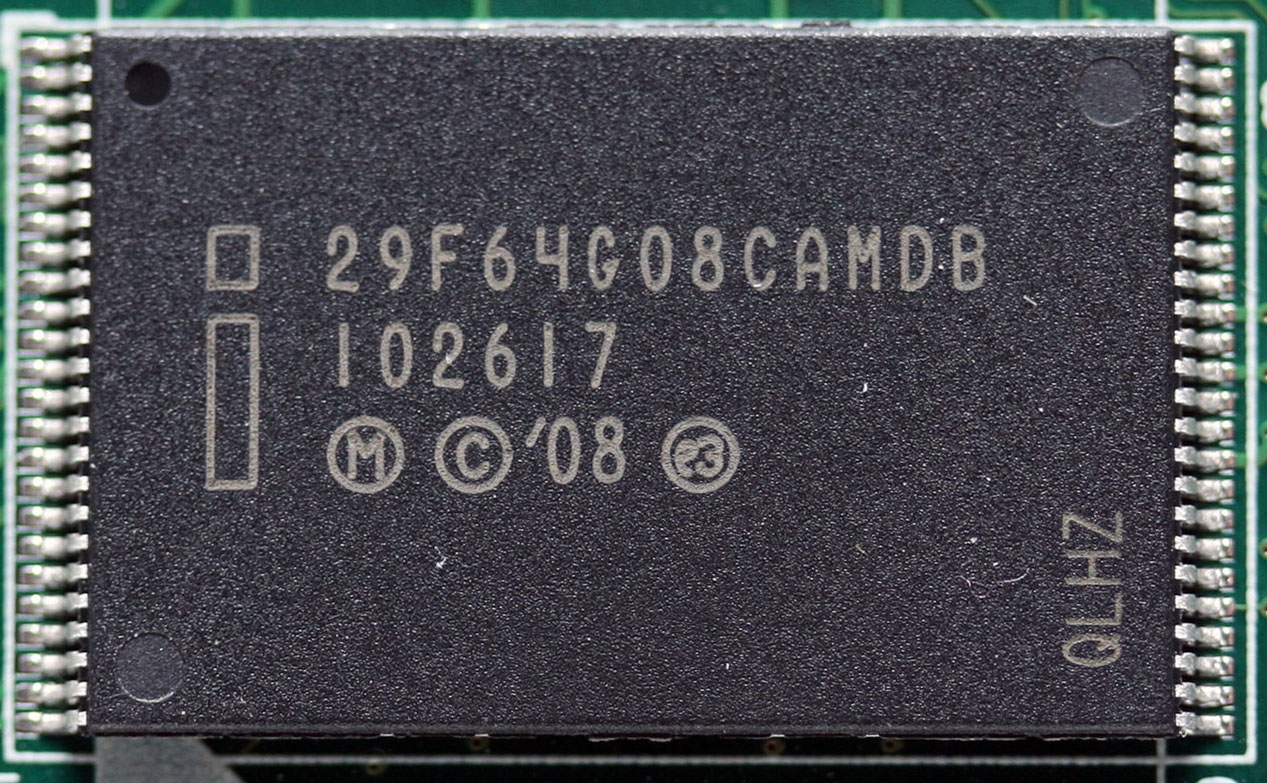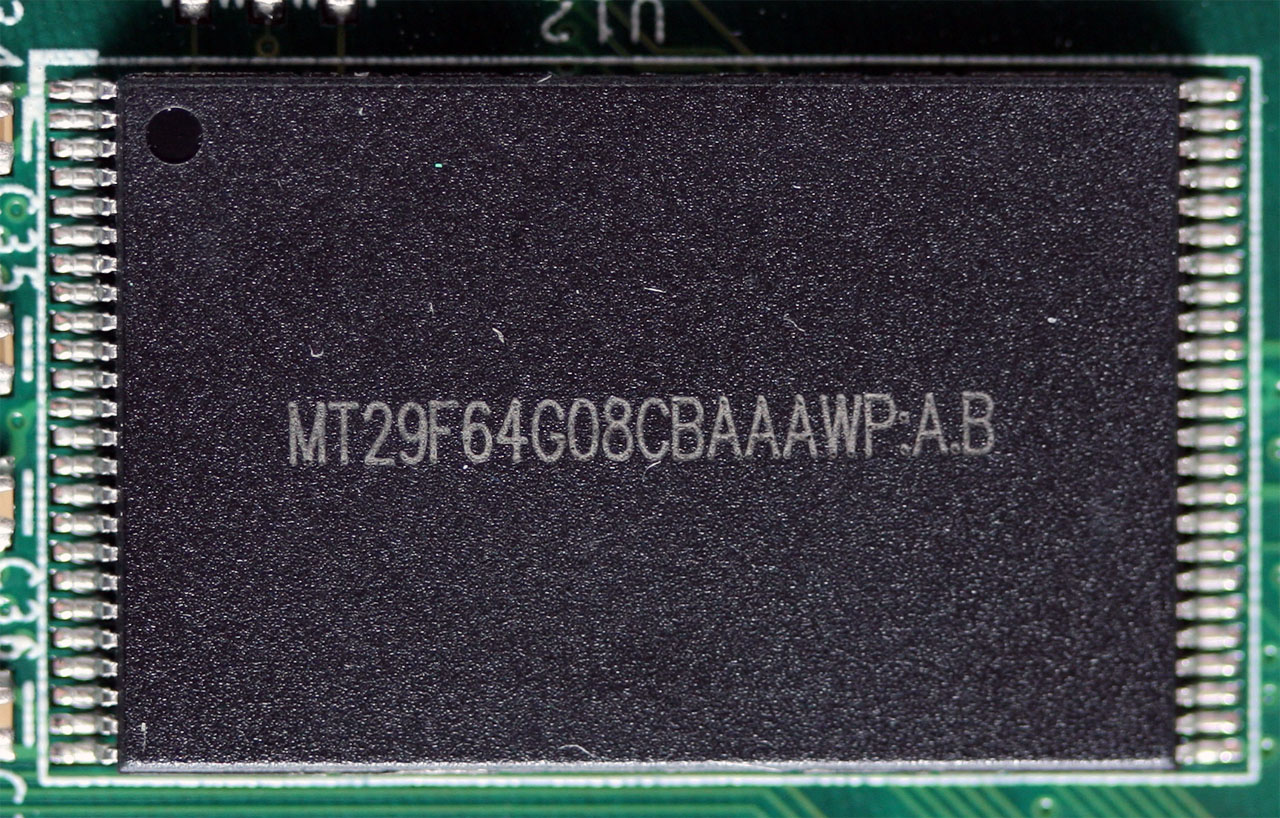The OCZ Vertex 2 Conspiracy: Lost Space, Lost Speed?
Several readers contacted me in the past two weeks, complaining about OCZ's recent adoption of 25 nm NAND and its effect on the capacity and performance of certain SSDs that they expected to be both larger and faster. I bought my own drives to compare.
Is There A Problem Here, Sir?
Back in 2001, I saved up what I considered to be a significant amount of money—a little less than $30 000, if I remember correctly. Rather than doing something smart with it, I went out and bought a Mazda Miata, setting myself up for an endless stream Corky Romano jokes. Jerks.
Except, I didn’t keep the car for even 12 months. The 2001s were advertised with 143 horsepower in the US, though we actually got the 130 HP model. Mazda got called out on the missing ponies, confirmed it had screwed up, and offered to buy back—at full purchase price—the one-year-old cars.
I jumped all over that offer, turned around, and bought an IS300. Although I haven’t driven a Mazda since then, the fact was that the company’s willingness to satisfy its customers endeared it to me. And if there were ever another Mazda that I liked, I wouldn’t hesitate to be return business.
OCZ’s Miata?
More recently, several Tom’s Hardware readers brought to my attention that OCZ had recently stopped shipping its Vertex 2 drives with 34 nm NAND flash from IM Flash Technologies (and 32 nm memory from Hynix), replacing them with 25 nm flash from the same Intel/Micron joint venture.
The switch-over completed in mid-January, according to OCZ, and it was largely low-key. That is to say, it wasn’t really picked up on until customers started seeing lower capacities and reporting reduced performance from certain models compared to the older drives.
Fast-forward to mid-February. Sensing increased discontent over the community’s reaction, OCZ released a notice announcing its industry-first transition to 25 nm NAND adoption. The news purported that the smaller lithography would translate to more affordable performance-oriented SSDs. Indeed, the last time I looked at Vertex 2 pricing was mid-January, and the 120 GB drive was selling for $250. Today you can find the "exact same" model for $230.
Get Tom's Hardware's best news and in-depth reviews, straight to your inbox.
What wasn’t addressed in OCZ’s release was whether the $230 drive, with its fancy 25 nm IMFT-based NAND actually is any slower or smaller than its predecessor. Naturally, I wanted to dig. After all, the complaint I received over and over again from Tom’s Hardware readers was that they were buying specific models and getting less usable capacity and unexpected performance results. I was instantly reminded of my own Miata experience.
Fortunately, I had an older OCZSSD2-2VTXE120G on-hand with the 34 nm flash. I hopped onto Newegg and purchased the same thing, hoping it’d be one of the new drives with the 25 nm NAND. All it took was a quick look at the drive’s capacity in Windows to know that it was, indeed, one of the new Vertex 2s.
So, is everyone making a big deal out of an over-hyped artifact of evolution, or is OCZ genuinely at fault for understating the effect of adopting the latest NAND devices?
Current page: Is There A Problem Here, Sir?
Next Page Lost Capacity: Defining And Explaining The Scope-
Mushkin.com have a letter posted on the website that they will not be going to 25nm as the drives life cycle is less than half that of a 3*nm drive. Also the performance is not there.Reply
-
cangelini LeekayMushkin.com have a letter posted on the website that they will not be going to 25nm as the drives life cycle is less than half that of a 3*nm drive. Also the performance is not there.Reply
Depending on supply of 34 nm NAND, that's probably not a sustainable position to take. IMFT isn't going to decide to shift back to 34 nm.
At the risk of contradicting myself, Intel will be using 34 nm NAND on its next-gen 6 Gb/s Elmcrest drives. It's not like the flash isn't disappearing entirely, but the vendors making the switch seem to be motivated largely by cost-cutting reasons. -
Nicely done Mr. Angelini; however, I still think OCZ pulled a nasty car-salesman tactic on their newest 25 nm NAND SSD products, and as such will be looking elsewhere to purchase any future SSD. Blaming resellers or other sources for the SKU is an incompetent way of deflecting fault and has made them look even more silly.Reply
-
cangelini Thanks radiovan. Like I mentioned in the story, we'll have to see if companies like Corsair and Patriot are able to get their upcoming renamed SKUs onto Newegg, Tigerdirect, Zipzoom, etc.Reply -
1.29 Firmware....how nice... pity that ocz only documents 1.28 for the moment.Reply
And then again why not update the 25nm to 1.29 too?
But I guess consistency is not always wished when trying to demonstrate something -
nebun binoyskiOk, but when will we be able to buy ssd's that are $100 @ 1TB capacity?in about 10 years or so....that's a very big maybeReply -
yose3 binoyskiOk, but when will we be able to buy ssd's that are $100 @ 1TB capacity?Reply
when you throw a shoes to bush again meaby lol
-
Reynod It is all about profit.Reply
The real reason is that going to cheaper flash with a 3000 cycle life to reduce the total cost of production (and therefore increase profit) means ... increasing the amount of redundant memory to replace the flash that dies due to wear ... and that process means better error correction is required to achieve that ... therefore performance is effected.
Chris ... I got it into one sentence ... albeit a horrible one.
Nice article mate.


